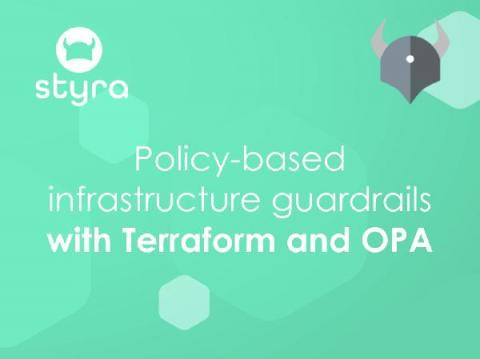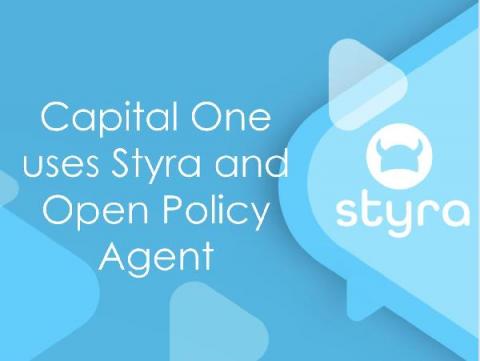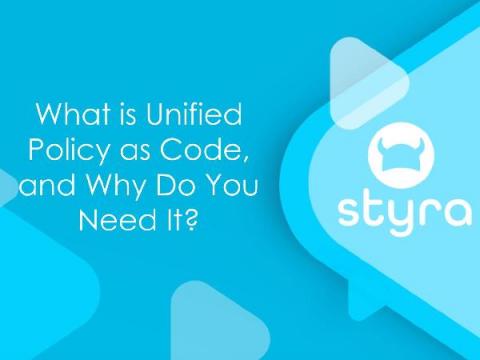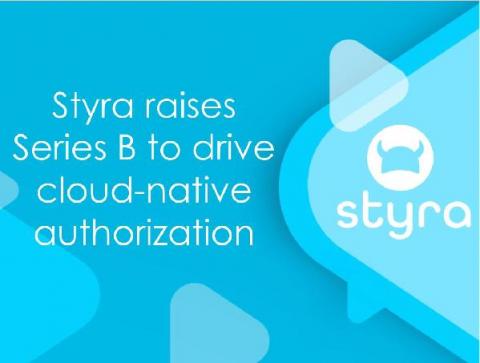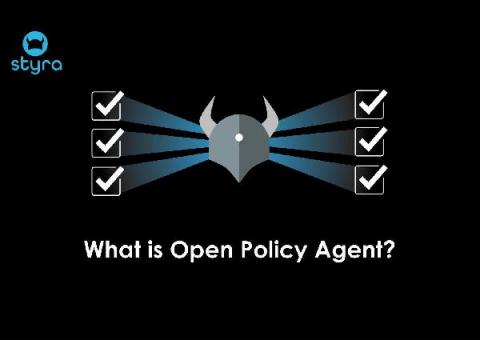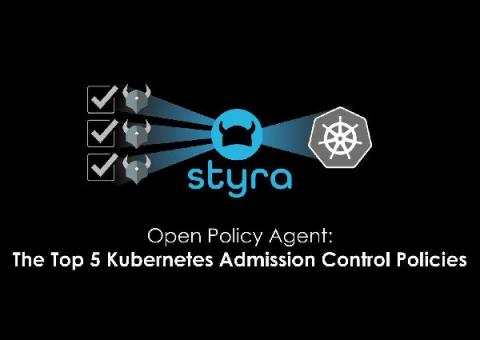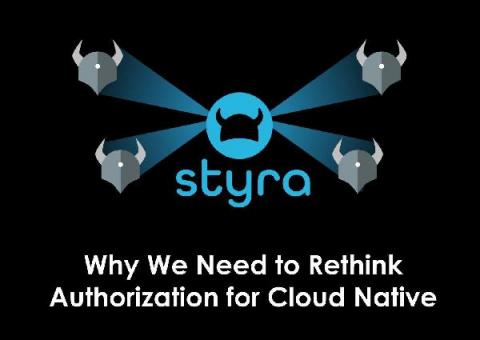Policy-based infrastructure guardrails with Terraform and OPA
Few things in recent years have changed the game plan of the tech organization as much as the infrastructure as code movement. With infrastructure itself largely having moved into the cloud, automating provisioning, upgrades and management of that infrastructure was a natural next step.


